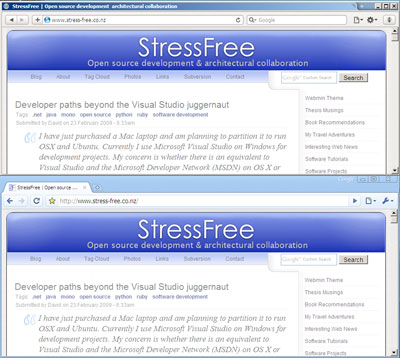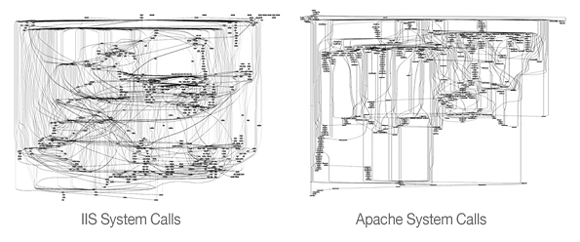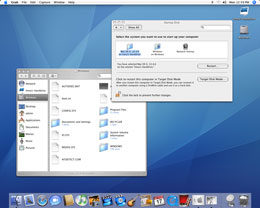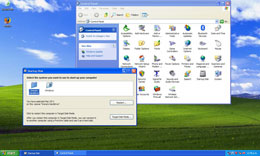It is really nice to see Apple have dropped the unsightly bushed metal look in their latest Safari 4 beta on Windows. Whilst that aesthetic worked fine in OSX, in a Windows world next to "traditional" applications it came across as being really unsightly. Let's hope this is a sign iTunes will take on more of a native Windows aesthetic in a future release.
However what is really crazy is how much Safari 4 looks and behaves like Google Chrome on Windows. Apple's developers have spent the last few months "borrowing" many of Chrome's features, such as the top-sites view and browser tabs on top, but on Windows they have gone a step further with the menu system itself. This is not a bad thing as the result looks nice, but beyond the little Google logo in the top right, your average Windows user is going to have a hard time telling the difference between the two browsers.
Now if only the Apple engineers would implement process isolation for each tab or window like in Chrome. It is hugely annoying to have all the Safari windows disappear just because somebody at Adobe cannot write a stable Flash plug-in.






